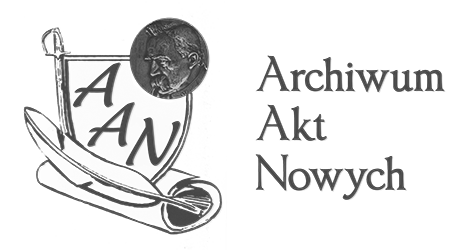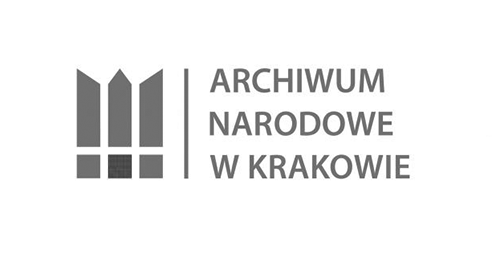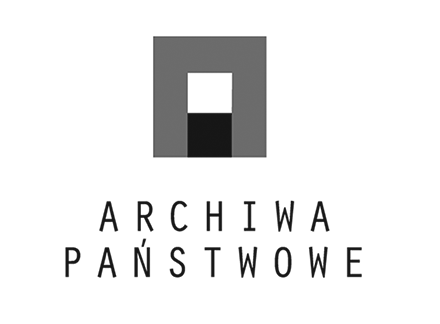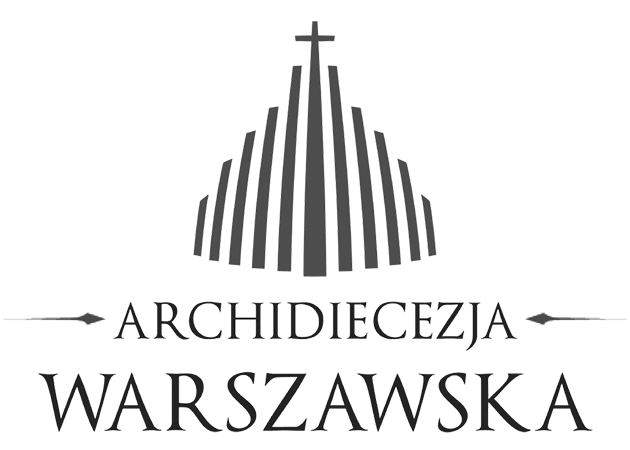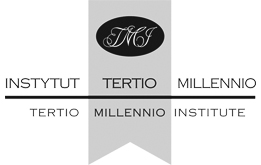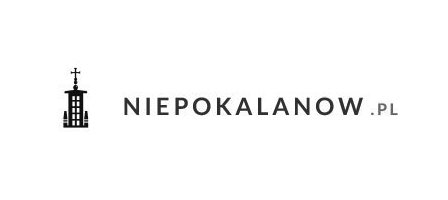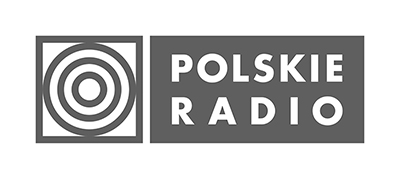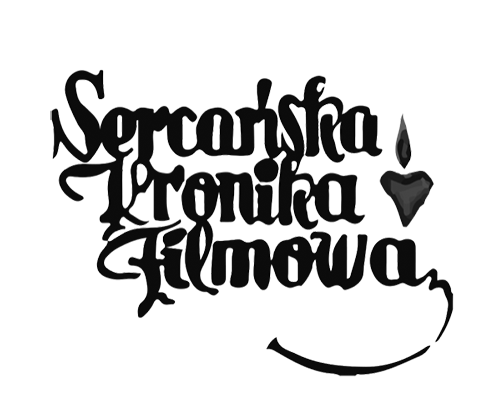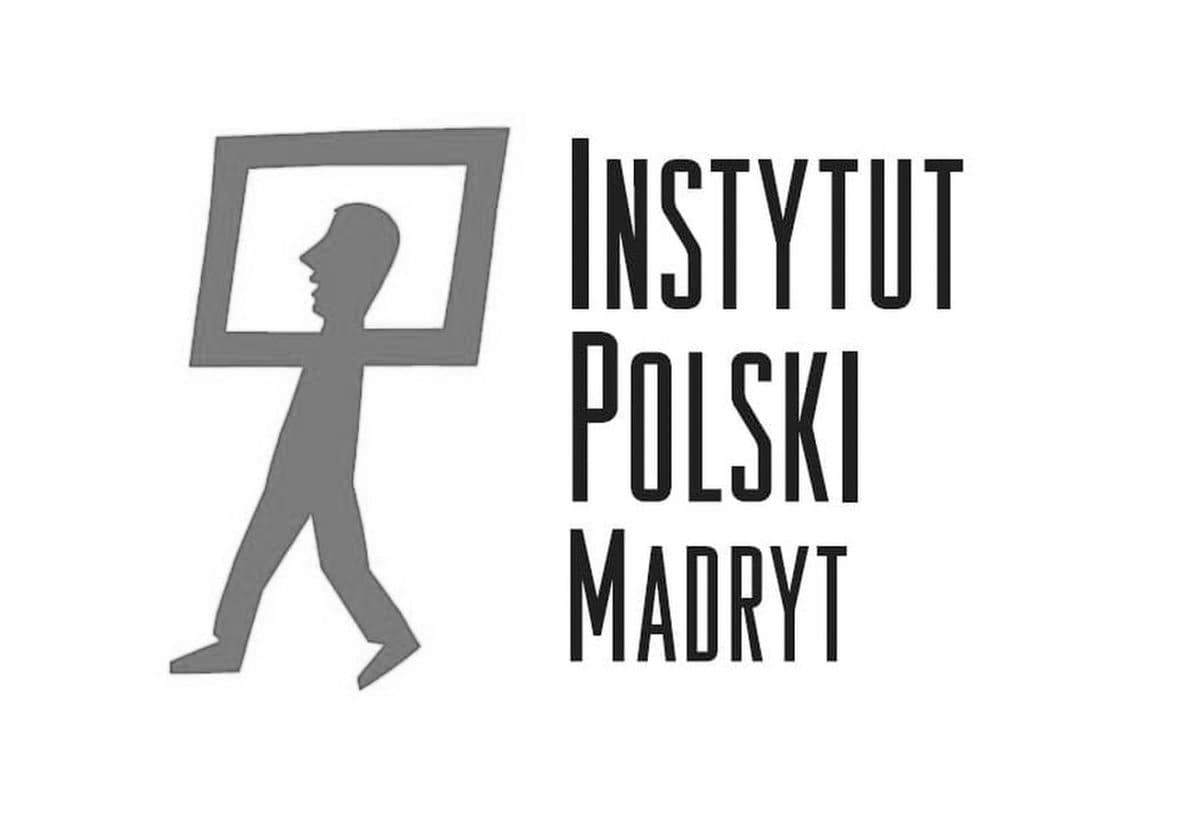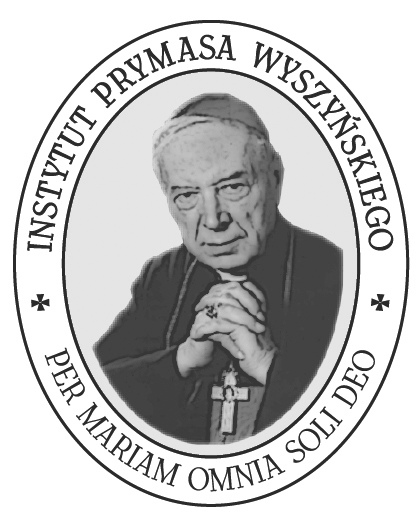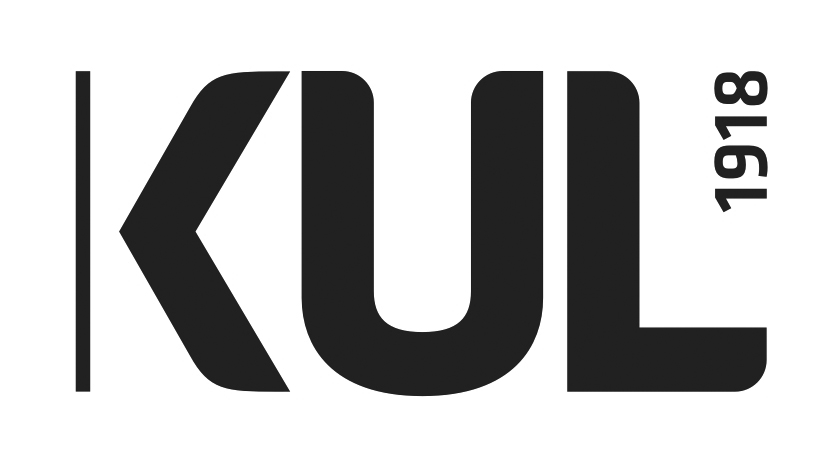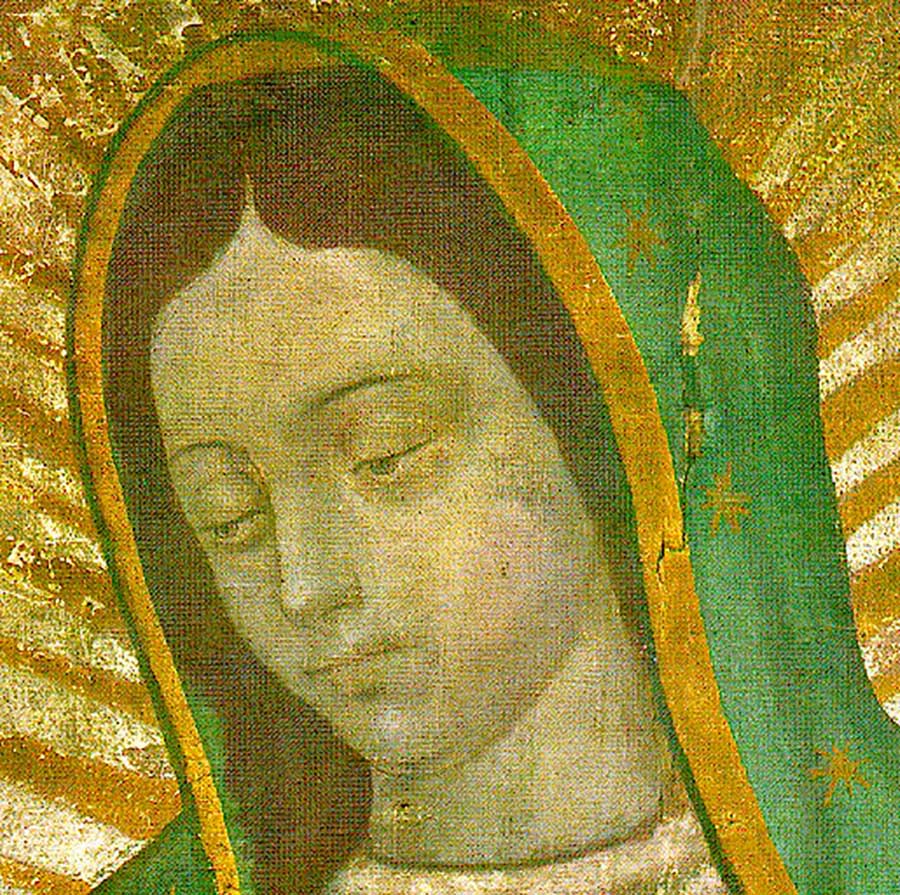The First Foreign Pilgrimage of John Paul II — Mexico 1979
Almost immediately after the conclave, the decision was taken: the Pope would go to Mexico in January 1979. The situation in Latin America and the local Church was turbulent due to the post-conciliar crisis and the revolutionary mood. At the beginning of his pontificate, John Paul II was going into the eye of the cyclone...
Jan Paweł II w Monterrey w Meksyku, 31.01.1979 r. Fot. Wojtek Łaski/East News.
Calendar of pilgrimage
Drag timeline
25 January 1979
SANTO DOMINGO (THE DOMINICAN REPUBLIC): Solemn welcome by the government officials (including the President of the Dominican Republic, Antonio Guzman Fernandez, and his wife) and the ecclesiastical authorities (the Dominican Episcopate) and members of the diplomatic corps • Prayer in the Cathedral of the Annunciation of the Blessed Virgin Mary. Meeting with the bishops of the Dominican Republic, Haiti, Puerto Rico, Cuba, and Venezuela, and with ecclesiastical and religious delegations • Concelebrated Mass in Independence Square • Meeting with the President and members of the diplomatic corps
26 January 1979
SANTO DOMINGO (THE DOMINICAN REPUBLIC): Mass in the
Cathedral with the participation of religious communities • Meeting with
the clergy at the archbishop’s residence • Visit to Los Minas, the
poorest district in Santo Domingo. Speech in front of the St Vincent’s
parish church. Meeting with students of local schools • Farewell at the
airport and departure to Mexico, MEXICO (MEXICO): Arrival from the
Dominican Republic and welcome at the airport by government officials
(including President José López Portillo and his wife) and
representatives of Latin American Episcopates • Mass in the Cathedral •
Meeting with members of the diplomatic corps at the headquarters of the
Apostolic Delegation • Meeting with the President at his residence in
Los Pinos
27 January 1979
MEXICO: Meeting with Polonia • Mass in
the square in front of the Basilica of Our Lady of Guadalupe. Solemn
inauguration of the Latin American Bishops’ Conference. Coronation of
the Virgin Mary’s painting • Meeting with the clergy • Meeting with
representatives of women’s religious orders
28 January 1979
PUEBLA
DE LOS ÁNGELES: On the way to Puebla, stop at San Martin Texmelucan — an
Indian village • Visit to the Cathedral of Puebla de los Angeles • Mass
in front of the Palafoxiano Seminary large building. Meeting with
representatives of other faiths • Inauguration of the Third General
Conference of Latin American BishopsMEXICO: Meeting with the Bishops of Mexico at the Apostolic Delegation
29 January 1979
MEXICO: Visit to a paediatric hospital for children suffering from chronic and incurable diseasesOAXACA: Greeting at the airport by Indians in traditional Zapotec costumesCUILAPAN: Meeting with ca. 350,000 IndiansOAXACA:
Visit to the Church of the Virgen de la Soledad, a patroness of Oaxaca •
Meeting with a group of about 400 sick people in the Church of Santo
Domingo • Concelebrated Mass in the Cathedral, attended by about 250,000
believers • Presentation of the lector and acolyte ministry to 10
IndiansMEXICO: Meeting with representatives of national Catholic organisations at the Apostolic Delegation’s seat
30 January 1979
MEXICO: Meeting with students of Catholic schools at the Miguel Angel CollegeGUADALAJARA:
Meeting with the inhabitants of Santa Cecilia, a poor district of
Guadalajara • Meeting with about 100,000 local factory workers and their
families in the sports stadium • Visit to the Oblate Fathers. Blessing
of about 3,000 prisoners and common prayer • Meeting with cloistered
nuns at the Cathedral. The Angelus prayer in ZAPOPAN: Mass in front of
the Basilica of Our Lady • Meeting with
seminarians — representatives of seminaries throughout Mexico
31 January 1979
MEXICO:
Mass with relatives at the headquarters of the Apostolic Delegation •
Meeting with representatives of Central American countries (Ministers of
Foreign Affairs of Guatemala, Honduras, Nicaragua, and Costa Rica, and
the Minister of Justice of El Salvador) • Meeting with students and
professors from Latin American Catholic universities in the square in
front of the Basilica of Our Lady of Guadalupe • Meeting with
representatives of the press, radio, and television at the Florida
College • Horse riding show by Mexican horse riders (charros) at the
MONTERREY local equestrian club: Meeting with the workers at the Rio
Santa Catarina esplanade, attended by about 1.5 min people • Farewell at
the airport and departure for the Bahamas
31 January — 1 February 1979
NASSAU
(THE BAHAMAS): Arrival from Mexico and ceremonial welcome at the
airport by representatives of the local authorities, the diocesan
ordinary and — despite the late hour (00.00 a.m. local time) — crowds of
thousands of inhabitants • Prayer and speech at the Queen Elizabeth
Sports Centre stadium 1 FebruaryNASSAU: Farewell at the airport and departure for Rome
Purpose
The primary purpose of the pilgrimage was the inauguration of the Third General Conference of the Latin American Episcopate (CELAM) with the theme of “The present and the future of evangelization in Latin America,” held in the Mexican city of Puebla. The Pope also visited Marian shrines in Guadalupe, where the revered image of the Virgin Mary is located, and in Zapopan. He inaugurated his pontificate on an international scale.
Background
The Pope’s decision to make his first trip abroad was
officially announced on 22 December and caused considerable concern in
the Roman Curia. John Paul II was the first Pope to visit Mexican land,
confronting the many problems of the Church and society in the area.
The main destination of the papal visit was Mexico which had no diplomatic relations with the Holy See. Therefore, the visit was unofficial, and the Pope, like any traveller, had to apply for a visa.
The restrictions on religious freedom in Mexico date back to the early 1920s, when the government authorities began to persecute Catholics, which led to armed struggles in defence of religious freedom (cristeros uprising). The bloody persecutions ceased, and a modus vivendi between Church and State was developed, but the State remained officially anticlerical. Governance for many decades was taken over by the Institutional Revolutionary Party (originally: National Revolutionary Party), which lost its monopoly of power no sooner than in 2000.
At the same time, the Catholic faith was alive among the population, with 90% of Mexican followers. However, the Church in Latin America struggled with a post-Second Vatican Council crisis, including a misunderstanding of the Church’s mission. From the late 1960s, so-called liberation theology became increasingly popular in Latin America. Some of its Marxist-inspired currents wanted to fight militarily for social justice. The symbol of this idea became Christ with a rifle on his shoulder. The Pope was faced with confronting an understanding of “liberation” that was incompatible with the Gospel.
Therefore, John Paul II’s first trip destination was a country with an overly complex internal situation on invitation of the bishops to a meeting of CELAM (Latin American Episcopal Council) and later also privately invited by the country’s President, José López Portillo.
The main destination of the papal visit was Mexico which had no diplomatic relations with the Holy See. Therefore, the visit was unofficial, and the Pope, like any traveller, had to apply for a visa.
The restrictions on religious freedom in Mexico date back to the early 1920s, when the government authorities began to persecute Catholics, which led to armed struggles in defence of religious freedom (cristeros uprising). The bloody persecutions ceased, and a modus vivendi between Church and State was developed, but the State remained officially anticlerical. Governance for many decades was taken over by the Institutional Revolutionary Party (originally: National Revolutionary Party), which lost its monopoly of power no sooner than in 2000.
At the same time, the Catholic faith was alive among the population, with 90% of Mexican followers. However, the Church in Latin America struggled with a post-Second Vatican Council crisis, including a misunderstanding of the Church’s mission. From the late 1960s, so-called liberation theology became increasingly popular in Latin America. Some of its Marxist-inspired currents wanted to fight militarily for social justice. The symbol of this idea became Christ with a rifle on his shoulder. The Pope was faced with confronting an understanding of “liberation” that was incompatible with the Gospel.
Therefore, John Paul II’s first trip destination was a country with an overly complex internal situation on invitation of the bishops to a meeting of CELAM (Latin American Episcopal Council) and later also privately invited by the country’s President, José López Portillo.
Pilgrimage Agenda
25-26 January 1979, THE DOMINICAN REPUBLIC
The Dominican Republic was the first country John Paul II visited during his first apostolic journey abroad, which the Pope called a pilgrimage of faith. The Dominican Republic is one of the most Catholic countries in Latin America (Catholics make up about 95% of the total population there). The most important event of the papal journey was the concelebrated Mass in Independence Square. In his homily, the Holy Father recalled the history of the evangelisation of American land and the names of its first missionaries, i.e., Antonio Montesinos, Pedro de Cordoba, Bartolome de las Casas, who fought for the rights of the natives. He also emphasised the link between preaching the Gospel and man’s place in the work of creation, i.e., the preaching of the Gospel cannot be separated from human advancement.
26-31 January 1979, MEXICO
On the first day at the Cathedral in Mexico City, the capital of Mexico, John Paul II mentioned that Poland is often called “Polonia Semper Fidelis.” “I want to be able to say: Mexico Semper Fidelis! Mexico always faithful,” he stressed, referring to the country’s religious tradition.
The arrival of John Paul II triggered an outburst of enthusiasm among the inhabitants, who took to the streets in crowds, often wearing colourful local costumes and accompanying the Pope even on his routes. The Pope himself said he was “deeply touched” by such a warm welcome from the Mexican people.
The Pope’s speech at the opening of the Third General Conference of the Latin American Episcopate (28 January) was a great challenge for him. Addressing the participants of the Conference, the Holy Father reminded them that their primary duty is to be teachers of truth: Not a human, rational truth, but one that comes from God and that contains the principle of authentic human liberation: “You shall know the truth and the truth shall set you free” (Jn 8:32). “This idea of Christ as a political figure, a revolutionary, as the subversive man does not tally with the Church’s catechesis,” the Pope said, explaining what true Christian liberation is and correcting the errors of liberation theology.
During his stay in Mexico, John Paul II met with indigenous people in Oaxaca and Cuilapan. Speaking warmly to the poor Indian people — his “dearest brothers” — he assured them that “the Pope wants to be your voice, the voice of those who cannot speak or are silenced.”
The visit to the shrine of Guadalupe, where the venerated image of Our Lady, who appeared to the Indian Juan Diego in the 16th century, is located, and the visit to the Marian shrine of Zapopan were not to be missed. In these places, the Pope entrusted the future of evangelisation in Latin America and his papal ministry to the Mother of the Church.
Through his example and words, John Paul II restored and confirmed the importance of the strong popular piety in Mexico.
31 January to 1 February 1979, THE BAHAMAS
On his way back to Rome, the Pope stopped in Nassau (capital of the Bahamas) for a brief technical stop before departing for Rome. Despite the highly late hour, he met with the Bahamian people. The Bahamas, once a British colony, became independent in 1973. The largest religious group is Baptist (32%). Catholics make up 19% of the population there. In his address, the Pope referred to the country’s recently gained independence. He expressed the hope that as a sovereign nation in the family of nations, it (the Commonwealth of The Bahamas — author’s note) would have a particular stake in the life of the world community. Farewelled by crowds of believers gathered at the airport, John Paul II left for Rome at 1.30 a.m. local time, thus ending his first apostolic journey outside Italy.
The Dominican Republic was the first country John Paul II visited during his first apostolic journey abroad, which the Pope called a pilgrimage of faith. The Dominican Republic is one of the most Catholic countries in Latin America (Catholics make up about 95% of the total population there). The most important event of the papal journey was the concelebrated Mass in Independence Square. In his homily, the Holy Father recalled the history of the evangelisation of American land and the names of its first missionaries, i.e., Antonio Montesinos, Pedro de Cordoba, Bartolome de las Casas, who fought for the rights of the natives. He also emphasised the link between preaching the Gospel and man’s place in the work of creation, i.e., the preaching of the Gospel cannot be separated from human advancement.
26-31 January 1979, MEXICO
On the first day at the Cathedral in Mexico City, the capital of Mexico, John Paul II mentioned that Poland is often called “Polonia Semper Fidelis.” “I want to be able to say: Mexico Semper Fidelis! Mexico always faithful,” he stressed, referring to the country’s religious tradition.
The arrival of John Paul II triggered an outburst of enthusiasm among the inhabitants, who took to the streets in crowds, often wearing colourful local costumes and accompanying the Pope even on his routes. The Pope himself said he was “deeply touched” by such a warm welcome from the Mexican people.
The Pope’s speech at the opening of the Third General Conference of the Latin American Episcopate (28 January) was a great challenge for him. Addressing the participants of the Conference, the Holy Father reminded them that their primary duty is to be teachers of truth: Not a human, rational truth, but one that comes from God and that contains the principle of authentic human liberation: “You shall know the truth and the truth shall set you free” (Jn 8:32). “This idea of Christ as a political figure, a revolutionary, as the subversive man does not tally with the Church’s catechesis,” the Pope said, explaining what true Christian liberation is and correcting the errors of liberation theology.
During his stay in Mexico, John Paul II met with indigenous people in Oaxaca and Cuilapan. Speaking warmly to the poor Indian people — his “dearest brothers” — he assured them that “the Pope wants to be your voice, the voice of those who cannot speak or are silenced.”
The visit to the shrine of Guadalupe, where the venerated image of Our Lady, who appeared to the Indian Juan Diego in the 16th century, is located, and the visit to the Marian shrine of Zapopan were not to be missed. In these places, the Pope entrusted the future of evangelisation in Latin America and his papal ministry to the Mother of the Church.
Through his example and words, John Paul II restored and confirmed the importance of the strong popular piety in Mexico.
The
Holy Father also met several times with workers (Guadalajara,
Monterrey, the poor district of Mexico — Santa Cecilia) who live in
exceedingly harsh conditions, threatened by unemployment, often
condemned to illegal emigration searching for work.
On his way back to Rome, the Pope stopped in Nassau (capital of the Bahamas) for a brief technical stop before departing for Rome. Despite the highly late hour, he met with the Bahamian people. The Bahamas, once a British colony, became independent in 1973. The largest religious group is Baptist (32%). Catholics make up 19% of the population there. In his address, the Pope referred to the country’s recently gained independence. He expressed the hope that as a sovereign nation in the family of nations, it (the Commonwealth of The Bahamas — author’s note) would have a particular stake in the life of the world community. Farewelled by crowds of believers gathered at the airport, John Paul II left for Rome at 1.30 a.m. local time, thus ending his first apostolic journey outside Italy.
Effects
The Pope’s first pilgrimage
helped to gradually sort out the havoc in the Church in Latin America
and straighten out the errors of liberation theology. The Mexican people
gave John Paul II a very warm welcome. To this day, many people in this
country have a great devotion to the Pope from Poland. In total, John
Paul II visited the country five times during his pontificate.
Diplomatic relations between the Holy See and Mexico resumed in 1992.
Interesting Facts
Spanish in three months
John Paul II’s command of Spanish at the time of the conclave was passive, i.e., he had studied it while preparing his doctoral thesis in Rome on the works of the Spanish St John of the Cross. However, he had no practice in speaking. Three months before travelling overseas, he decided to improve his language skills to give speeches and homilies in the language of the people he was visiting. However, how do you do that amid your responsibilities?
The Pope asked a Spanish priest living in Rome, Joaquín Alonso, for help. “For nearly three months, I had breakfast or lunch with the Pope almost every day. I spoke to him in Spanish,” recalled Fr Alonso. John Paul II read aloud at the table speeches written in Spanish, while Fr Alonso corrected his accent and pronunciation.
Learning proved effective, as the Pope was able to communicate in Spanish during his first foreign pilgrimage.
Meeting with the Polish community
During his visit to Mexico, John Paul II also met with the Polish community there. He spoke about the closeness and spiritual bond between Mexicans and Poles if only through the similarity of fates, suffering for the faith, or devotion to the Virgin Mary.
Los espejos hacia el cielo
During his 1979 pilgrimage, Mexicans agreed that when John Paul II flew out, they would take mirrors with them and point them towards the sky, reflecting the sunlight and greeting the Pope in this way. This gesture of “mirrors towards heaven” (los espejos hacia el cielo) was also repeated during John Paul II’s subsequent visits to their country.
The Mexican believers also repeated the gesture at noon on 27 April 2014, the day of the canonisation of St John Paul II at the Vatican.
Two days in Castel Gandolfo are not enough
References: “Leksykon pielgrzymek Jana Pawła II,” (ed.) Antoni Jackowski, Izabela Sołjan, WAM Publishing House, Cracow 2005.
John Paul II’s command of Spanish at the time of the conclave was passive, i.e., he had studied it while preparing his doctoral thesis in Rome on the works of the Spanish St John of the Cross. However, he had no practice in speaking. Three months before travelling overseas, he decided to improve his language skills to give speeches and homilies in the language of the people he was visiting. However, how do you do that amid your responsibilities?
The Pope asked a Spanish priest living in Rome, Joaquín Alonso, for help. “For nearly three months, I had breakfast or lunch with the Pope almost every day. I spoke to him in Spanish,” recalled Fr Alonso. John Paul II read aloud at the table speeches written in Spanish, while Fr Alonso corrected his accent and pronunciation.
Learning proved effective, as the Pope was able to communicate in Spanish during his first foreign pilgrimage.
Meeting with the Polish community
During his visit to Mexico, John Paul II also met with the Polish community there. He spoke about the closeness and spiritual bond between Mexicans and Poles if only through the similarity of fates, suffering for the faith, or devotion to the Virgin Mary.
Los espejos hacia el cielo
During his 1979 pilgrimage, Mexicans agreed that when John Paul II flew out, they would take mirrors with them and point them towards the sky, reflecting the sunlight and greeting the Pope in this way. This gesture of “mirrors towards heaven” (los espejos hacia el cielo) was also repeated during John Paul II’s subsequent visits to their country.
The Mexican believers also repeated the gesture at noon on 27 April 2014, the day of the canonisation of St John Paul II at the Vatican.
Two days in Castel Gandolfo are not enough
The
Polish Primate, Stefan Wyszyński (to be beatified on 12 September
2021), maintained regular correspondence contact with his long-time
collaborator and friend when the latter was elected Pope. After his 1979
pilgrimage to Mexico, he suggested in a letter to John Paul II a more
extended rest after such an exhausting journey. He also described his
reflections on the pilgrimage. The entire letter can be read on the
portal.
text: Barbara Stefańska
translation: Katarzyna Pikuła
Sources
Event Place
Choose location...
Vatican City
Santo Domingo (The Dominican Republic)
Mexico City
Nassau (The Bahamas)
Puebla de los Ángeles (Mexico)
Keywords
Persons index:
Geographical index:
Date:
Project implemented by: 

Project co-financed by: 

Patronage: 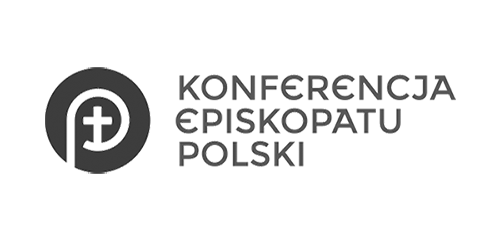

Partners: 